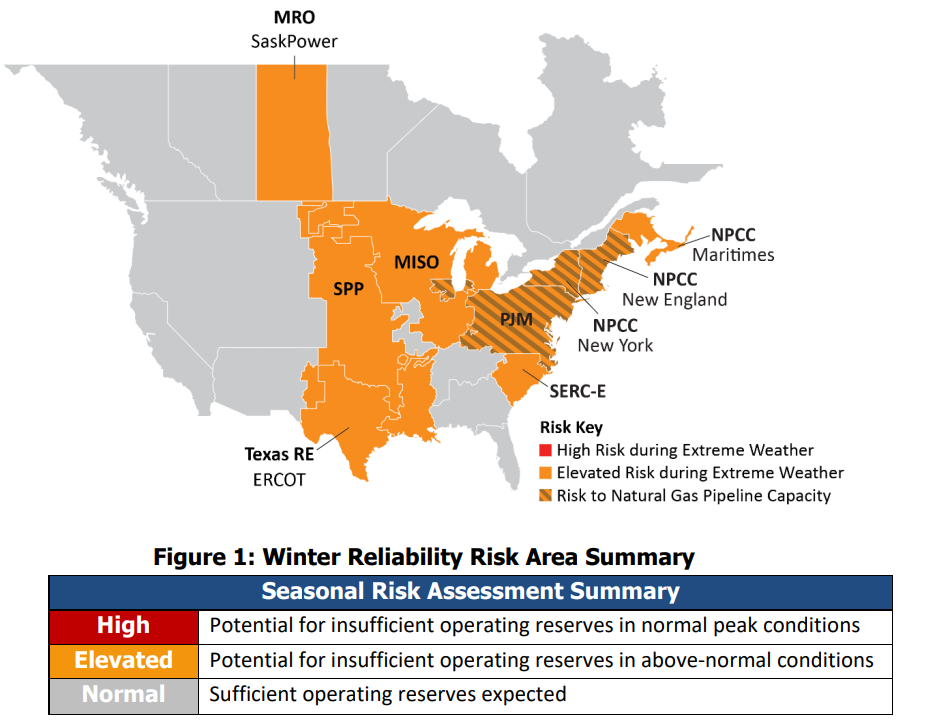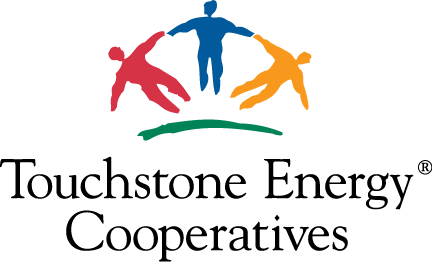Reliability and Affordability Concerns
For almost 90 years, our mission has been to deliver safe, reliable, and environmentally responsible electricity to our members at stable and affordable rates. Our members count on us to deliver their power 24 hours a day, 7 days a week, 365 days a year – our communities and livelihoods depend on it. But, for the first time in our history, that reliability is in jeopardy.
Buckeye Power, our generation and transmission provider, generates enough power for all 400,000 cooperative members in Ohio. However, we depend on the larger grid to get that power to our members, and the grid’s ability to balance supply and demand in our region and across the nation is increasingly at risk.
Here are a few of the reasons why the risks to reliable, affordable energy are growing:
- Demand for electricity is higher than it has ever been, and it continues to rise. The Energy Information Administration (EIA) projects that U.S. power demand will reach its highest levels ever in 2024 and 2025.
- The overall supply of reliable electricity is down because of the rapid retirement of coal and nuclear plants.
- Intermittent sources of energy like wind and solar power have come online, but they have not filled the gap and they are not always available.
- Unreasonable regulations are creating unnecessarily high costs while providing minimal environmental benefits.
Winter Reliability in Ohio
According to a The North American Electric Reliability Corporation (NERC) Ohio is at an elevated risk for blackouts this winter. Their 2024-25 winter reliability assessment shows that our region has the potential for insufficient operating reserves in above-normal conditions.
Please read this article from America’s Electric Cooperatives for more information on the risks to reliable energy this winter.

What can we do about it?
Energy Conservation
During times of extreme demand (like during a cold snap), you may hear about “peak alerts” or “peak demand.” A “peak alert” occurs when a utility provider is close to demanding more electric power than they have ever used before. When demand reaches a new peak, it also sets a new, higher price that we have to pay for electricity.
Now more than ever, it is important for us all to try and safely conserve power during times when demand is high – not just to avoid rising costs, but also to help avoid the need for rolling blackouts. Conservation during peak times can be as simple as lowering your thermostat by a few degrees, or turning off unused appliances and electronics. Learn more about peak alerts here.
Political Action
Consolidated leaders attend events in Washington, D.C. and at our Ohio statehouse to meet with policy makers and speak up for the good of our members. You can join us in advocating for common-sense energy policy. Check out America’s Electric Cooperatives PAC and Voices for Cooperative Power to learn more about how you can get involved and speak up for cooperative members!
America’s Electric Cooperatives PAC
The National Rural Electric Cooperatives Association (NRECA) has renamed its political action committee: The program once known as “ACRE” is now America’s Electric Cooperatives PAC.
This political action committee (PAC) was founded in 1966 to support political candidates who speak up for and protect the interests of electric co-ops and their member-owners. Thousands of co-op members, employees, and directors from across our nation contribute to the PAC.
PAC accepts contributions on a monthly basis, and the average contributor gives about $65 per year. When everyone’s individual PAC contribution comes together, it builds our collective strength as cooperatives across the nation. This strength and recognition on the national level is key as decarbonization and electrification policies have threatened cooperatives’ ability to deliver power to their members.
If you would like to be a part of this national movement, click here to make a donation, or give us a call at 800-421-5863 for help.
Voices for Cooperative Power
Join us in speaking up for reliable, affordable electricity! Voices for Cooperative Power (VCP) is a network of rural electric cooperative members who work together to promote policies that help cooperatives thrive. VCP makes it easy to be an advocate by empowering you to share your story, connecting you with opportunities to use your voice, and keeping you informed about important issues and policies.
You can choose your level of involvement – whether you use the information they provide to be an informed voter, or you take advantage of opportunities to contact legislators and speak up for cooperatives. Learn more about VCP at voicesforcooperativepower.com or get in touch with us at Consolidated for help.
Resources
- “Reliability and Affordability” – This webpage from America’s Electric Cooperatives (NRECA) will give you a background of the current energy landscape, the cooperative stance, and a timeline of the events that led up to this point.
- “Co-op Leaders: Amid Industry Change, Reliability and Affordability are Crucial” – This article from NRECA summarizes the challenges facing the energy landscape from the perspective of cooperative leaders.
- “Carbon-free by 2035?” – This article from Ohio’s Electric Cooperatives (OEC) analyzes the vast challenges that must be overcome to meet the government’s decarbonization goals.
- “PJM Warns of Risks Expected Resource Retirements Pose to Grid Reliability” – This article from OEC discusses recent reports of increased reliability risks, and warnings about retiring reliable resources while demand for electricity is growing.
Key Terms and Organizations
Here is a short list of some of the key terms and organizations that you will read about while researching this topic. Click or tap the link in each point to learn more or visit the organization’s website.
The Electric Grid: The complex, interconnected system that transports electricity from power plants through substations, transformers, transmission lines, and the distribution lines that deliver energy to consumers. Learn more about the electric grid.
PJM: PJM Interconnection – a regional transmission organization that ensures reliability and coordinates the movement of electricity in Ohio and surrounding states.
NERC: The North American Electric Reliability Corporation – a not-for-profit, international authority designed to protect the reliability and security of the electric grid.
NRECA: America’s Electric Cooperatives – the national organization designed to promote, support, and protect the best interests of electric cooperatives and their members.
OEC: Ohio’s Electric Cooperatives – the statewide organization designed to promote, support, and protect the best interests of electric cooperatives and their members in Ohio.
EPA: The United States Environmental Protection Agency – The EPA was founded to study environmental issues, provide information, and develop and enforce environmental standards and regulations in America.






